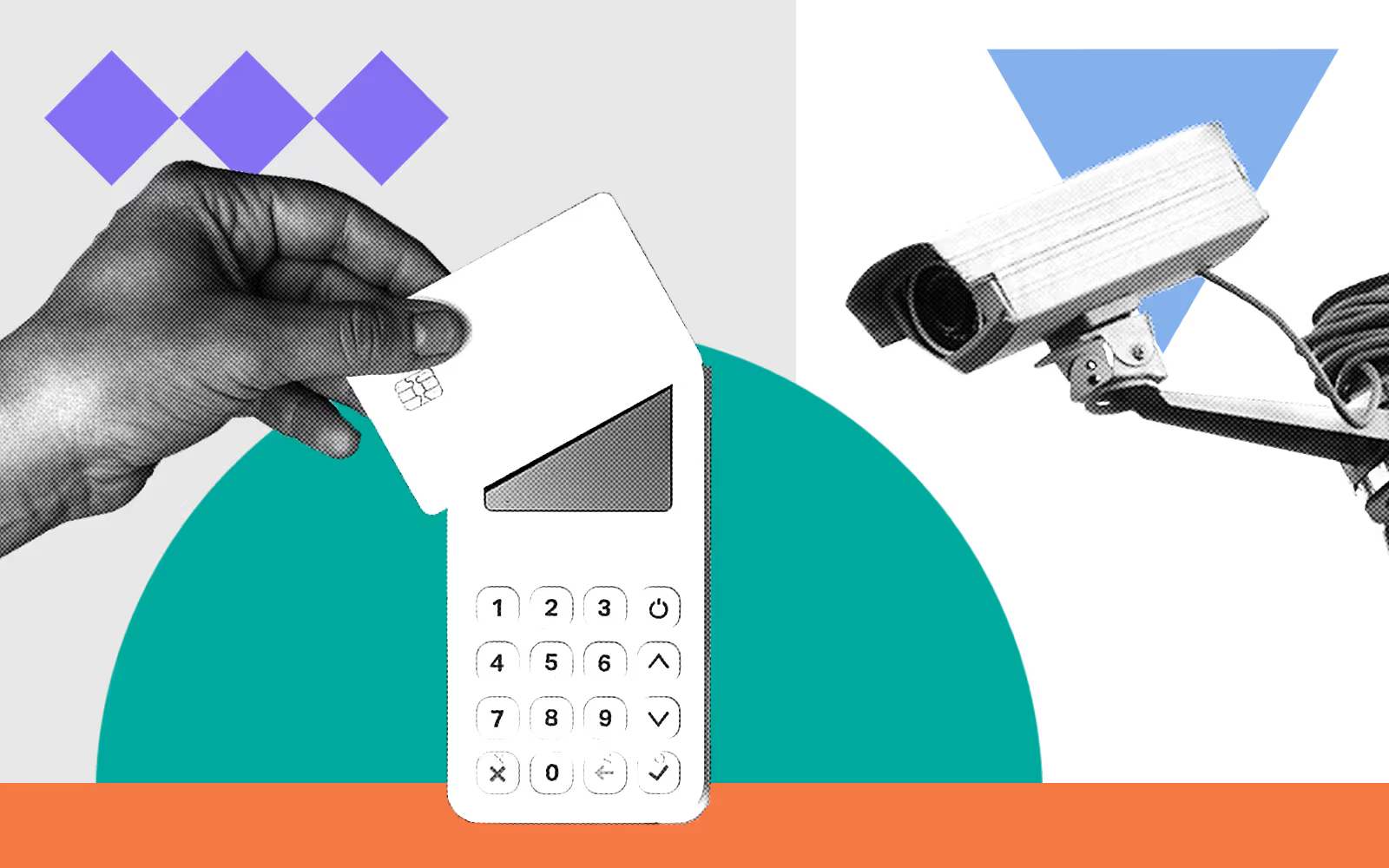How a payment processor tripled its fraud detection rate
3x
The revamped fraud detection model now catches 38% of fraudulent transactions, up from the previous 12-15%.
10x
By reducing the time to iterate on fraud models from two weeks to one day, the company significantly boosted its ability to adapt and improve its fraud detection strategies.
30%
They’ve achieved a 30% reduction in false positives - now catching 40% of fraud value while declining just 1.3–1.5% of transaction values.
Meet the payment processor
This innovative global payment processor offers a platform that allows banks and other financial institutions to launch new products quickly. In an industry characterised by thin margins and high competition, differentiation often hinges on value-added services like fraud prevention. Despite competitors with far more resources, the client was determined to build a superior fraud solution. Enter Fortify.
The challenge
To successfully compete, the payment processor needed to improve the quality of their fraud score beyond the Visa and Mastercard offering, despite those companies’ advantages in terms of money, data, and personnel.
Key issues
The offshore engineering team, was responsible for the fraud solutions. While their understanding of what fraud indicators to measure and why was excellent, execution needed refinement. Key issues included:
1. Inappropriate risk measurement computations: While the knowledge of the risky behaviours to look for was strong, the computed behaviour numbers did not maximise the quality of the risk signals. For example, the client calculated and analysed merchant risk over a year. Fraud patterns often fluctuate over shorter periods, as criminals target merchants for 1-2 weeks before moving on. We adjusted the merchant risk signals to be more adaptive to the fraud exploitation window with big uplifts in performance.
2. Internal processes were slow: Despite a best-in-class tech stack, internal workflows weren’t optimised. Results from experiments took two weeks to turn around. More frequent iterations would allow the teams to learn faster and improve fraud outcomes at a quicker rate.
3. Slow analytic technology: The team were using legacy technologies like Spark to compute the risk signals and for feature experimentation. The computation was taking upwards of two weeks. There was also a very constrained technology budget with no investment available to buy solutions. Compliance concerns ruled out cloud data warehouses like Snowflake. Fortify used its deep knowledge of the open source OLAP ecosystem to suggest appropriate technologies, ran a trial and helped the team choose a new experimentation technology. Experiment times fell more than 10x to less than a day.
4. Product output was not usable: The company’s fraud score calibration was not industry standard, with a score of 100 considered high compared to industry standards, which set the threshold above 700. We modified the training procedure to produce score distributions in line with industry standards. We also added further product enhancements to improve product usability.
The solution
Fortify collaborated with their US and offshore teams to build better processes and models, delivering superior results.
Enhanced fraud detection model
Fortify improved all aspects of the risk behaviour computation, making them more adaptive to observed fraud patterns. These changes drove the bulk of the performance improvement.
Improved workflows and experimentation
Fortify introduced new tools and processes, reducing the time to test and implement new fraud detection hypotheses from two weeks to one day. This tenfold increase in experimentation capacity led to substantial improvements in the fraud model’s accuracy.
New fraud products
Working with fraud teams in major institutions globally gives Fortify a unique perspective on emerging problems and opportunities for its clients. We recommended building a tool for application fraud, a growing area of concern, and identified key indicators such as social security numbers and phone number information.
Strategic technology enhancements
Fortify’s technologists and data scientists have built and implemented some of the best-performing fraud detection systems in the world. With expertise in payment processing systems, we advised on the simplest ways to improve them. Their guidance enabled the payment processor to adopt industry-standard tools without major changes to core systems, delivering savings and simplicity to processes.
Key takeaways
The collaboration with Fortify resulted in transformative outcomes for the payment processor:
1. Execution matters: Effective execution dramatically amplifies the impact of the right ideas.
2. Learn fast, improve faster: Speeding up experimentation processes leads to rapid and substantial improvements.
3. Strategic and technical understanding: A comprehensive understanding of fraud prevention enhances the effectiveness of solutions.
Sign up for the latest news and insights from Fortify

Turn risk into ROI
The Fortify team can help

Find out how we can support your fraud prevention strategy

Related articles
Need expert advice?
Get in Touch

